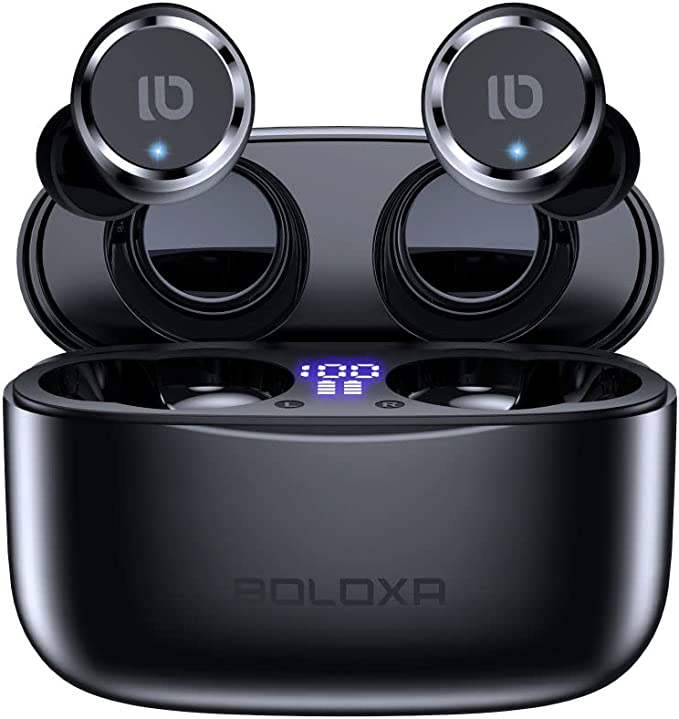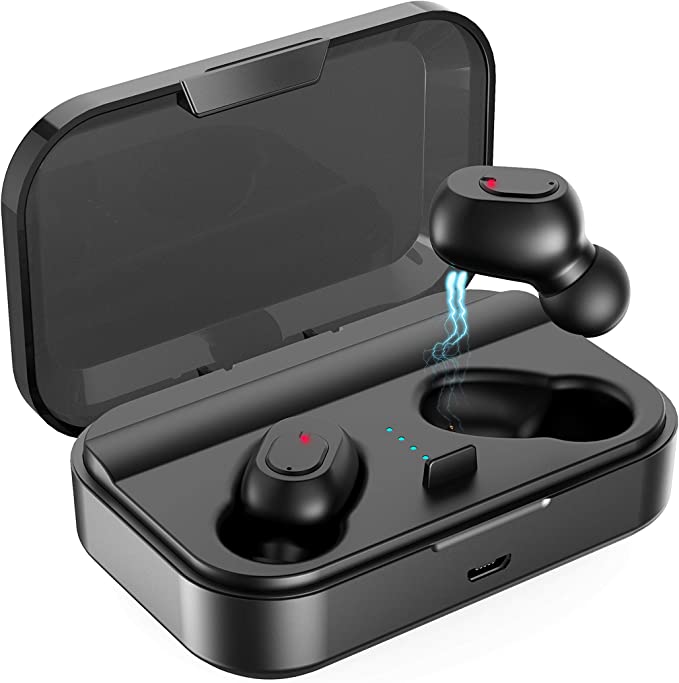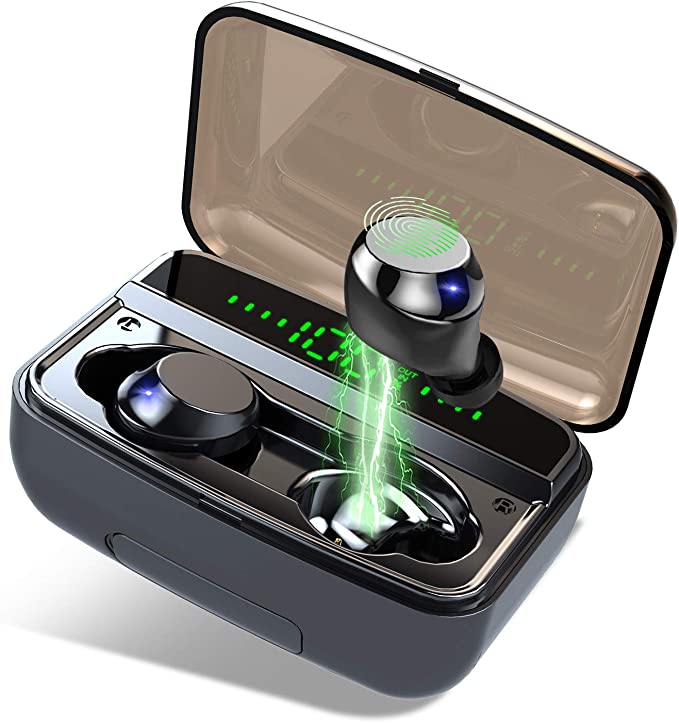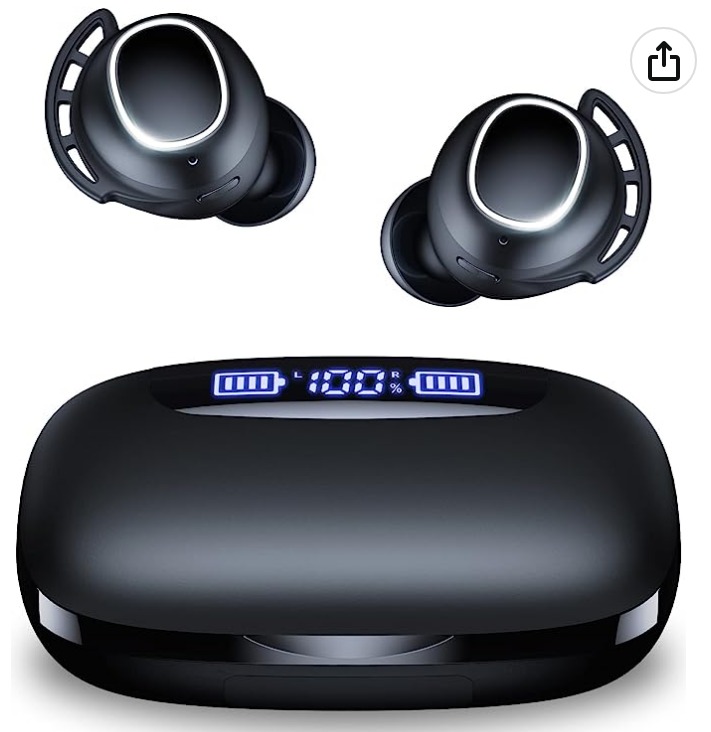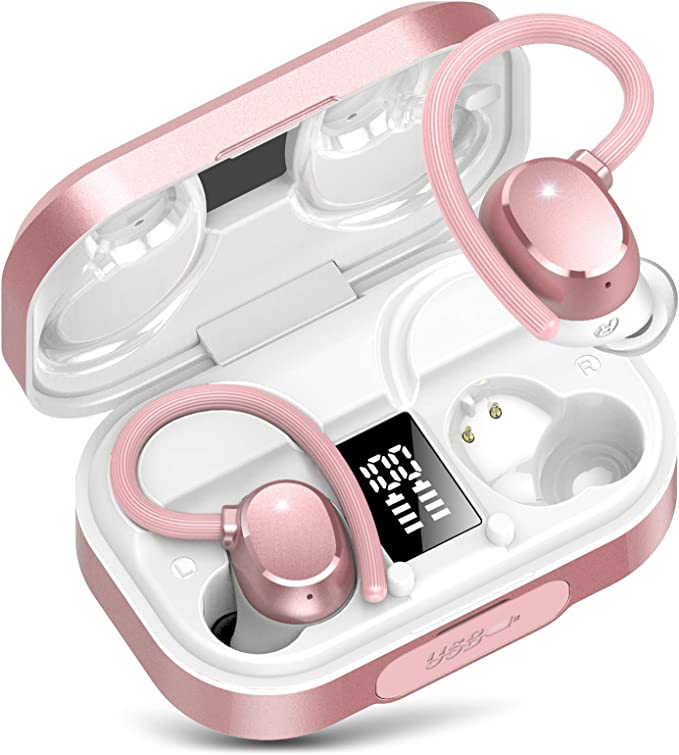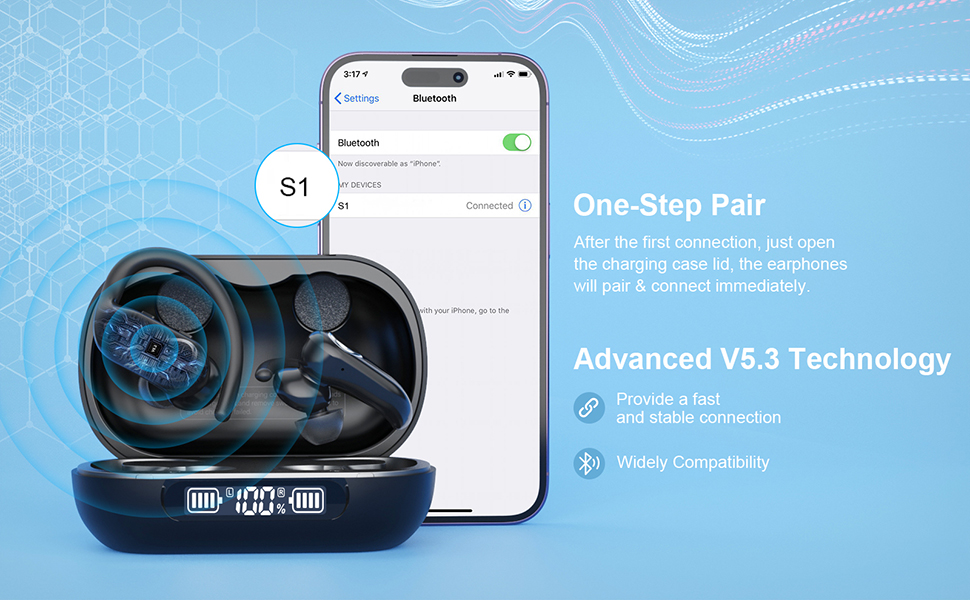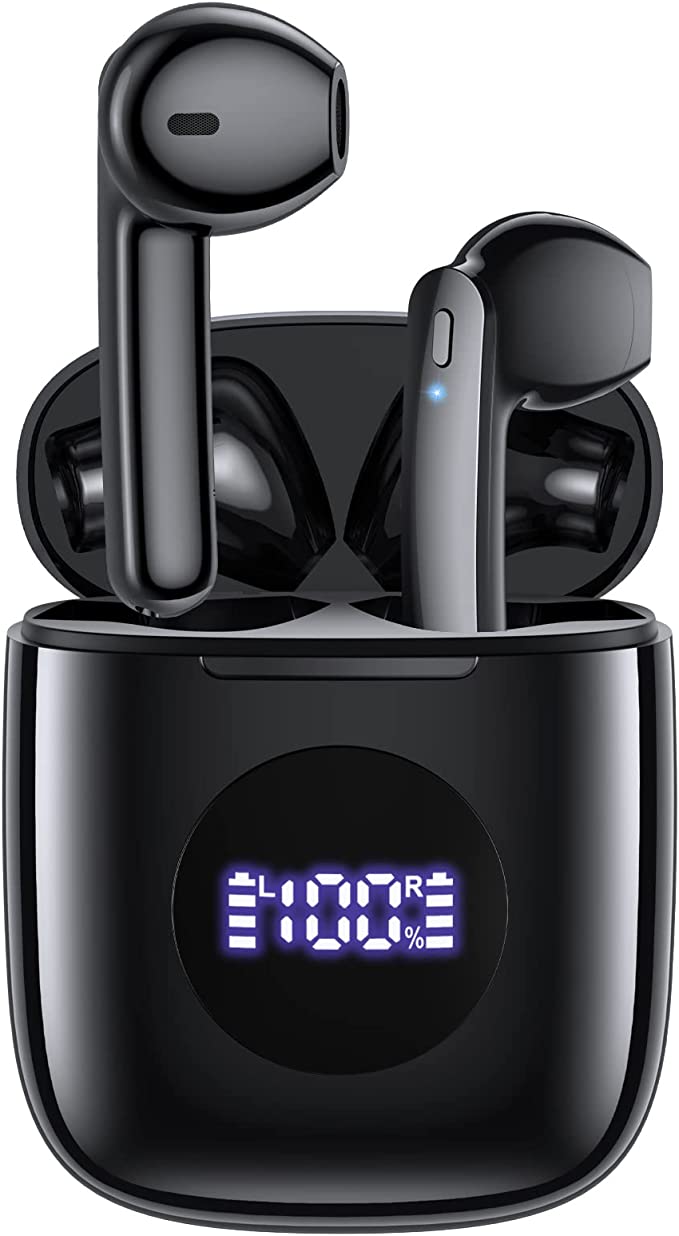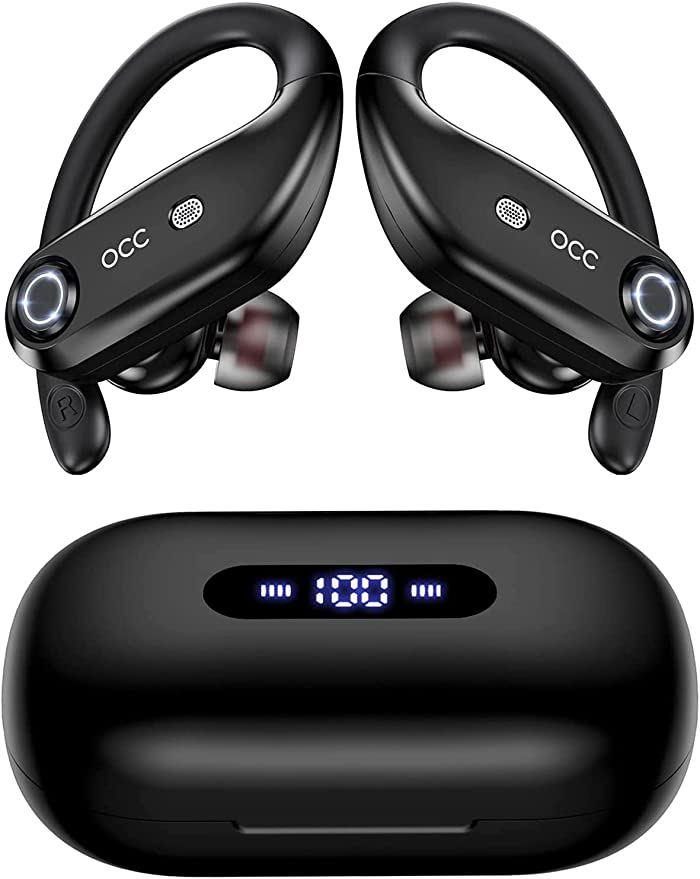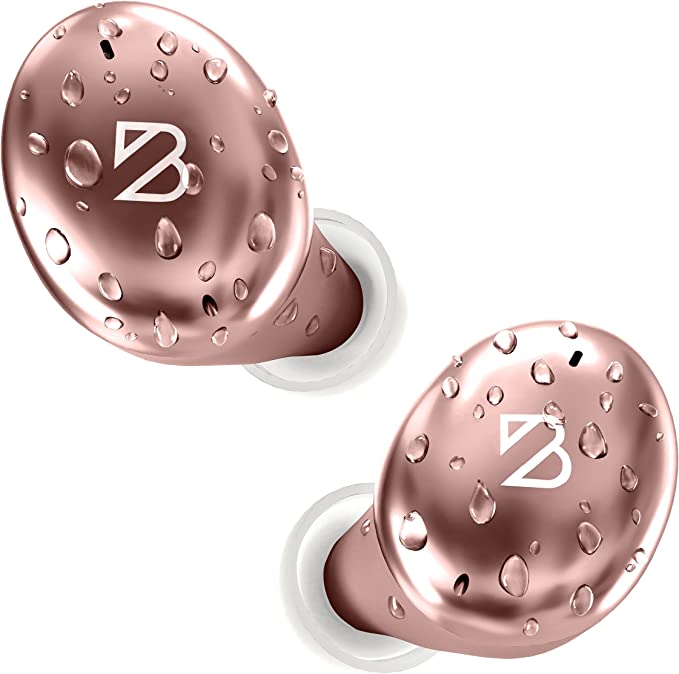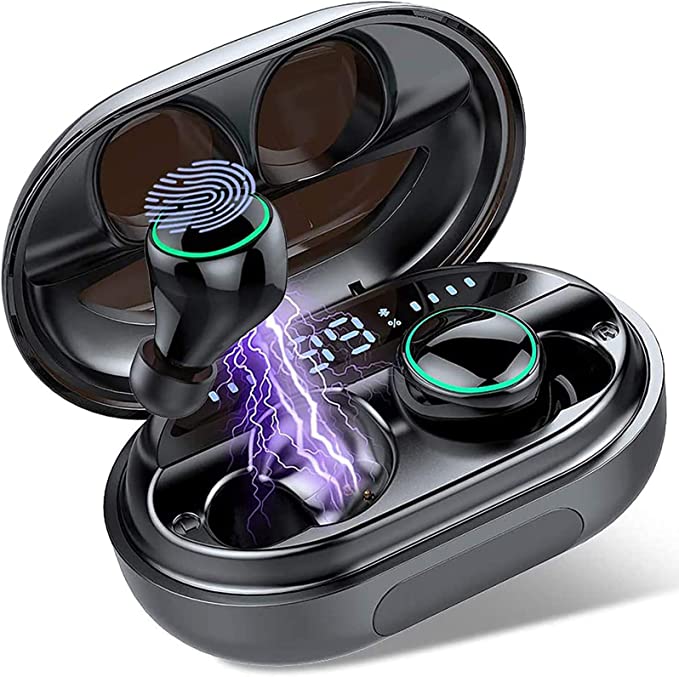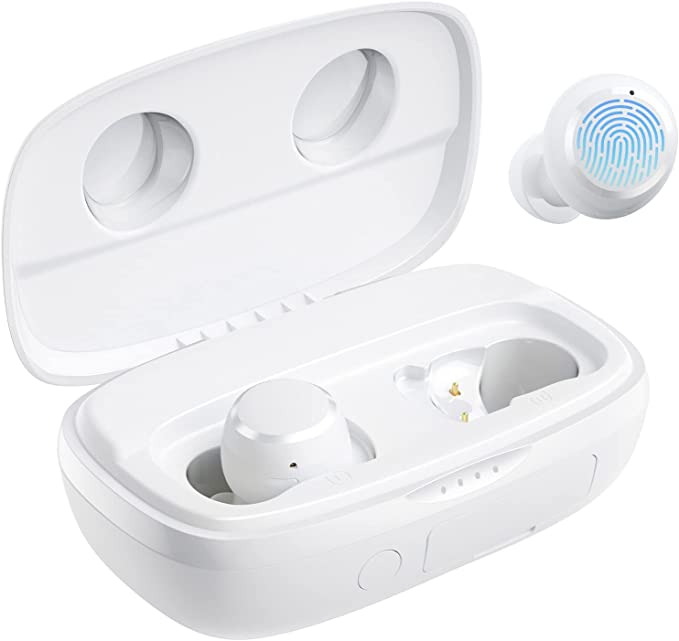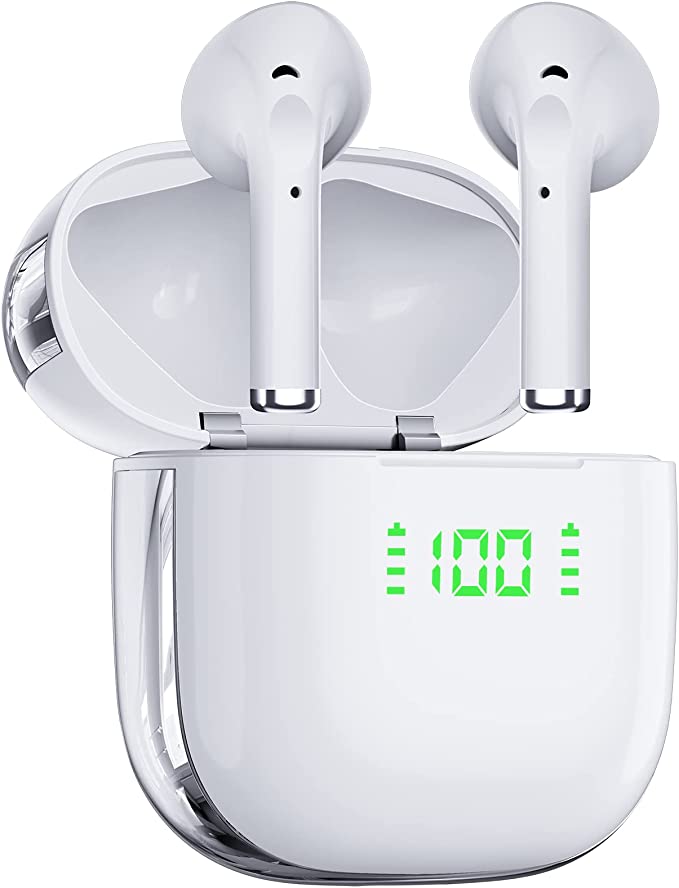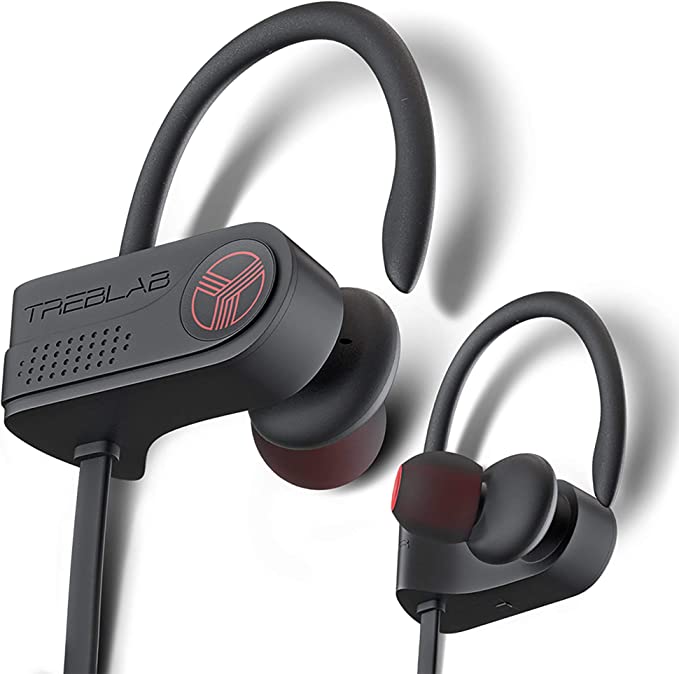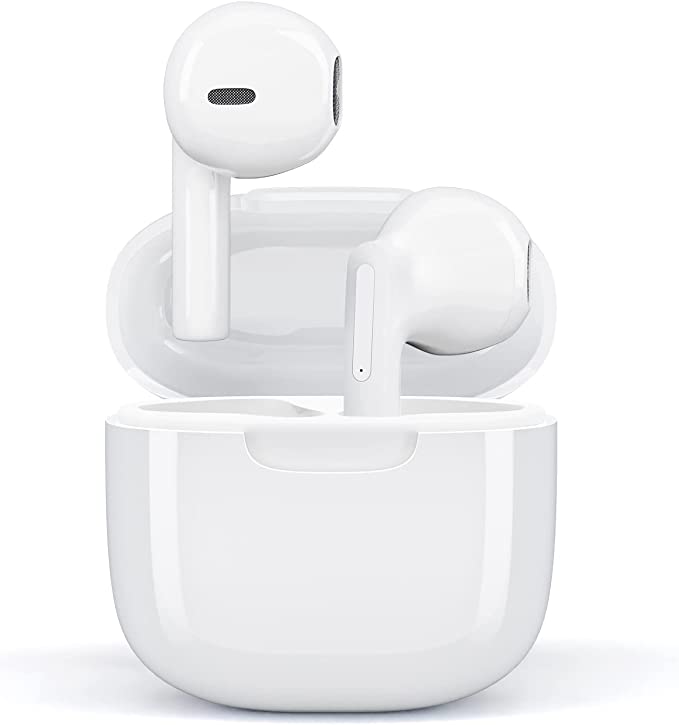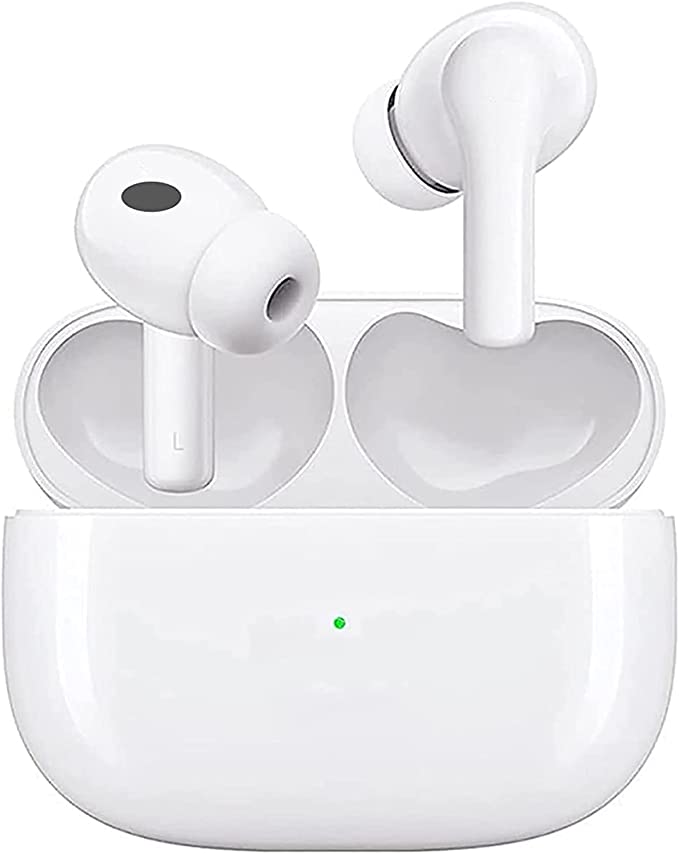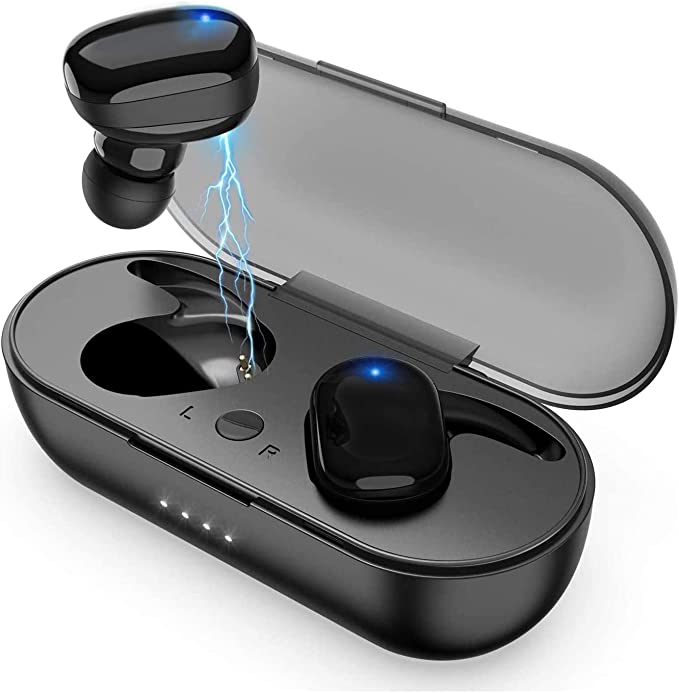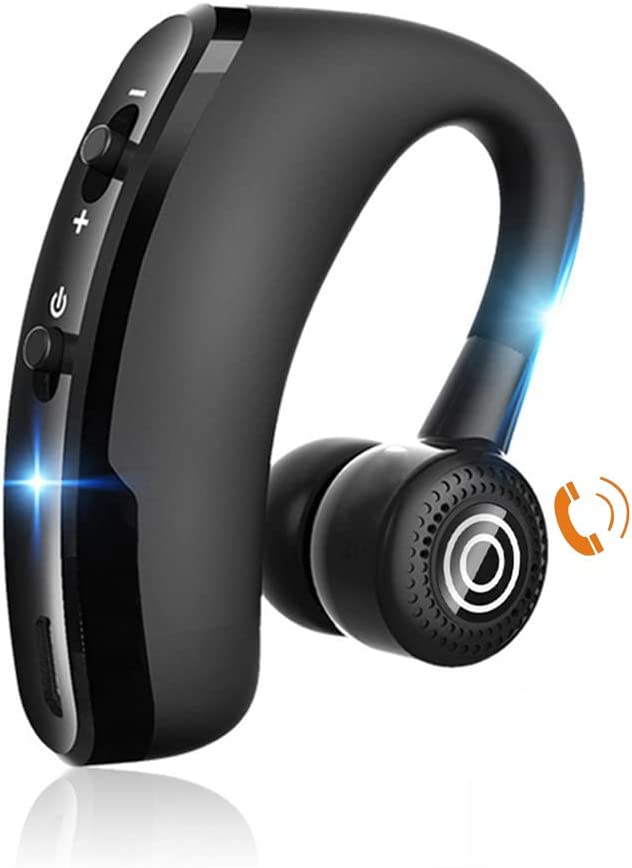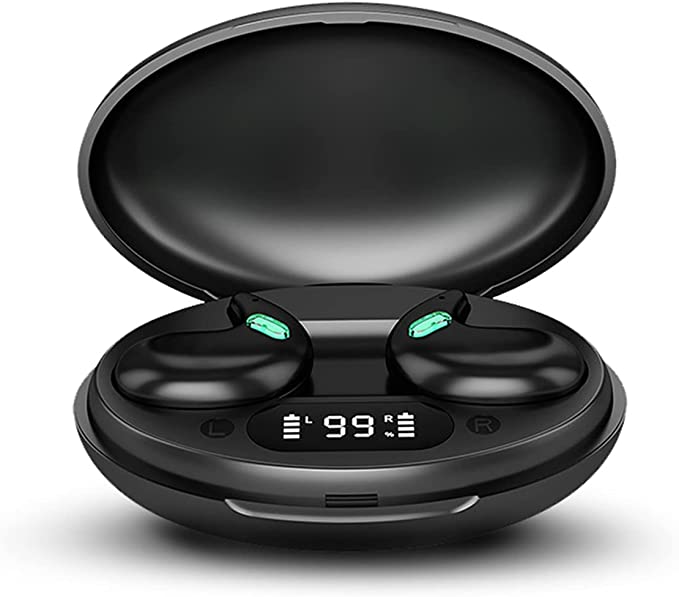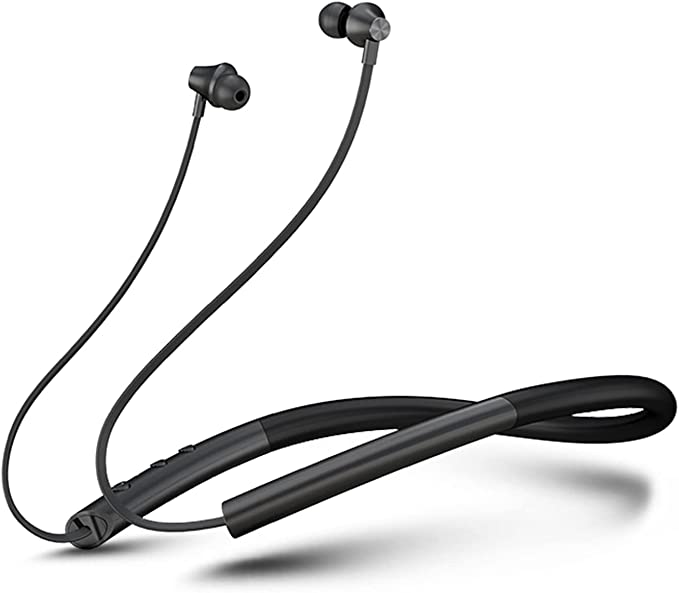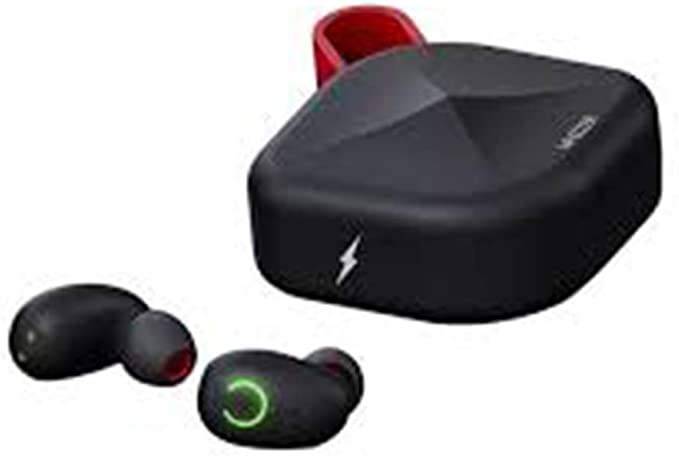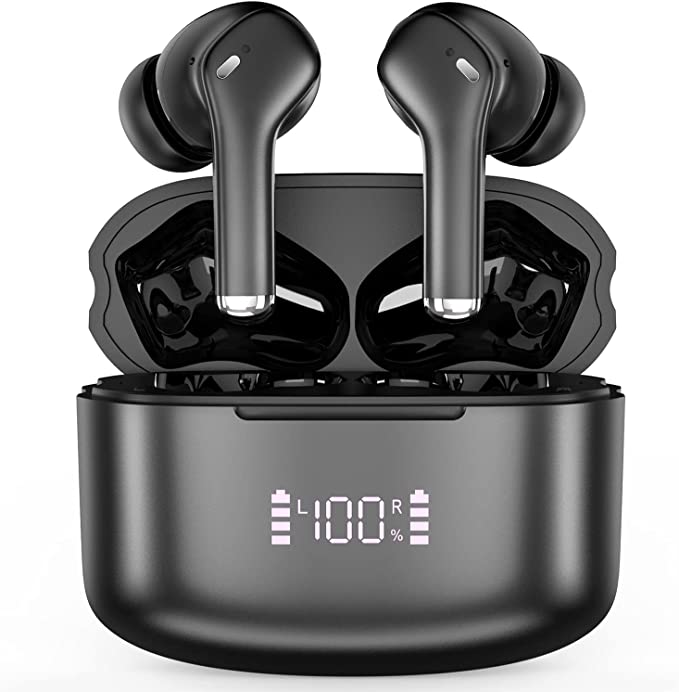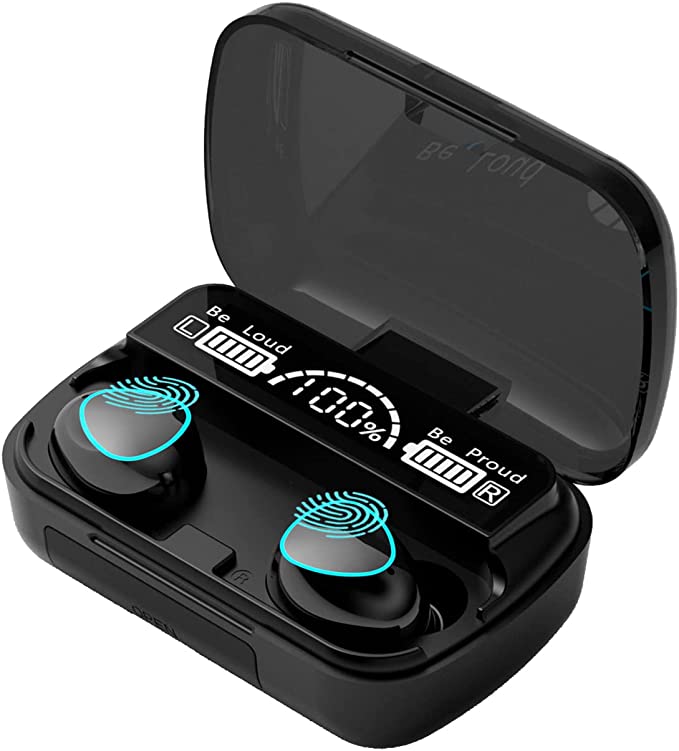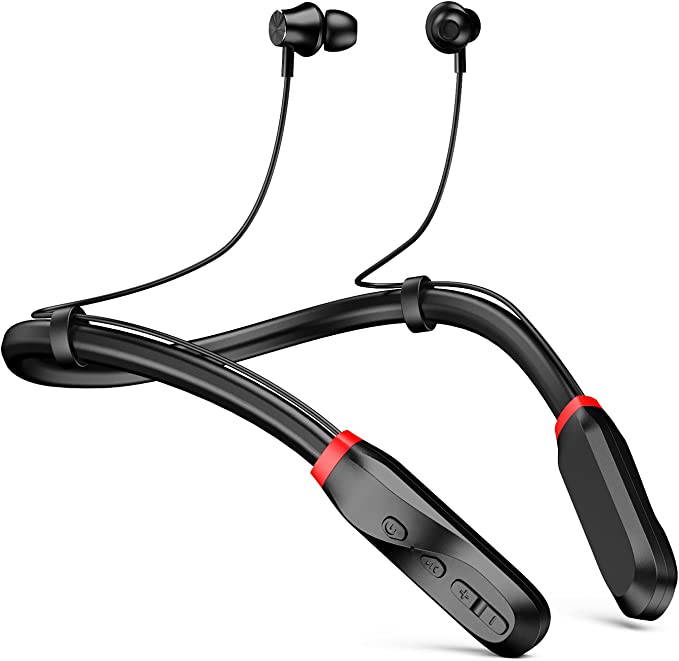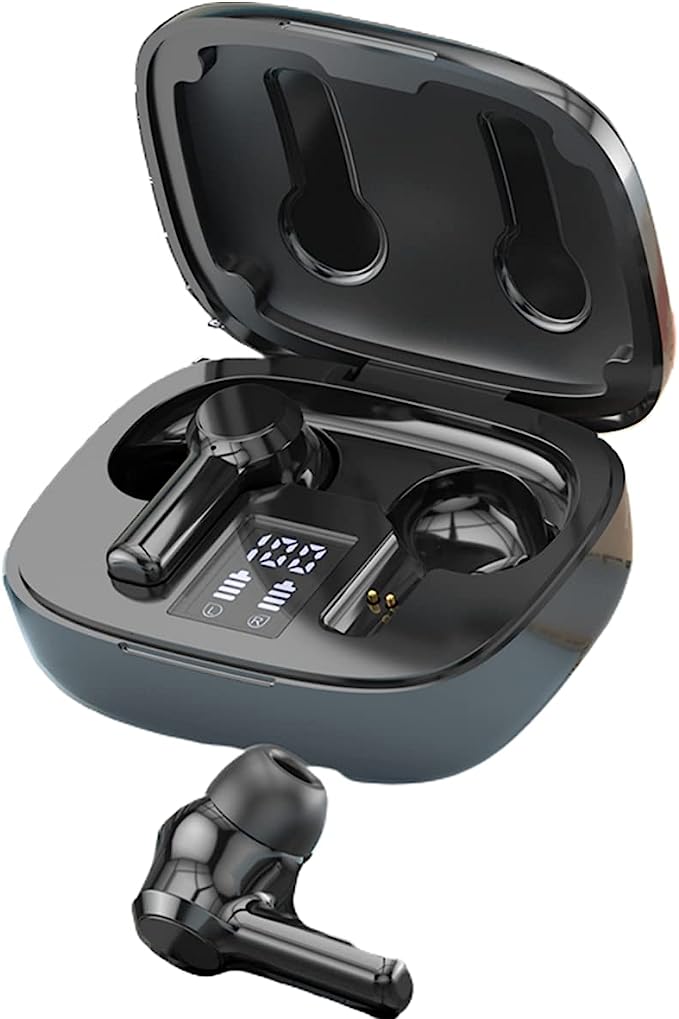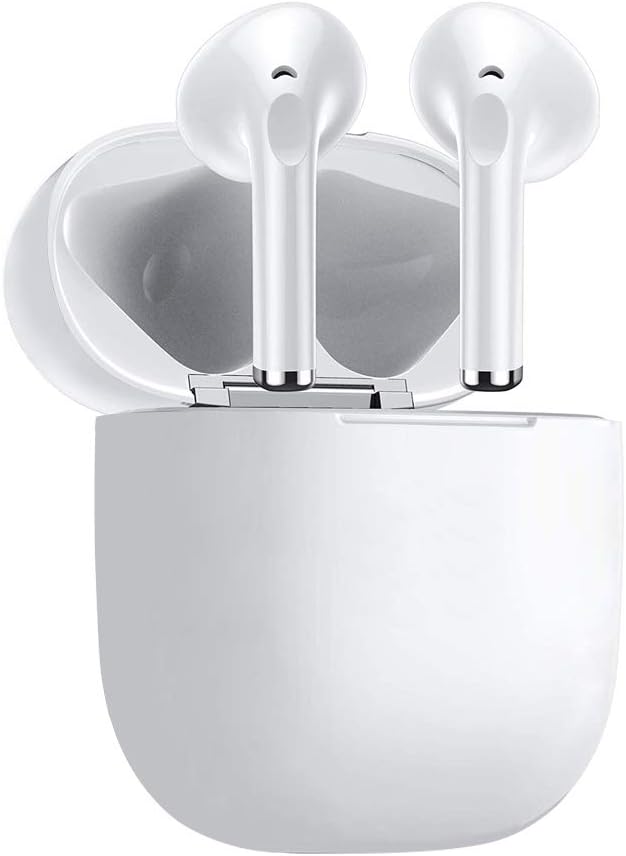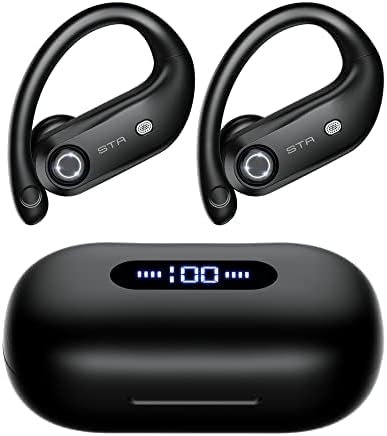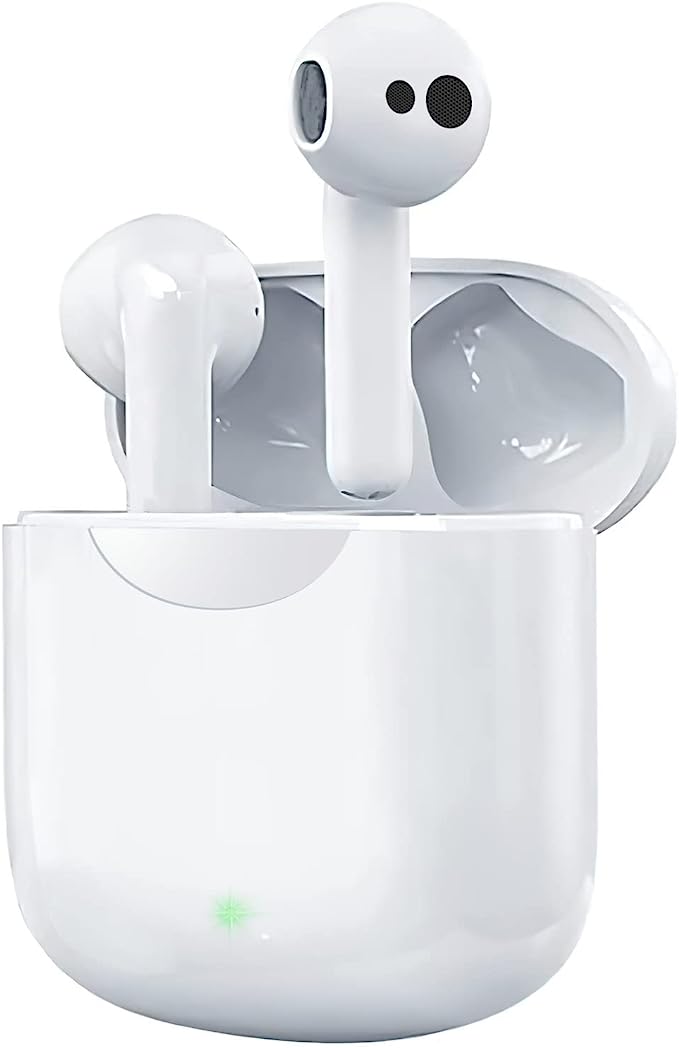Back Bay Audio Duet 50 Pro: Unbeatable 130-Hour Battery Life Explained
Update on Feb. 9, 2025, 6:06 p.m.
Imagine this: you’re halfway through your cross-country flight, finally immersed in that captivating audiobook, when suddenly… silence. Your wireless earbuds have died. Or perhaps you’re on a long run, pushing yourself to the limit, and your motivational playlist cuts out just as you hit your stride. We’ve all experienced the frustration of wireless earbuds with disappointing battery life. It’s a common problem in our increasingly mobile world.
Introducing the Back Bay Audio Duet 50 Pro: a pair of wireless earbuds that seem to defy the typical limitations of battery life. With a claimed 130 hours of total playtime, they’re like a marathon runner in the earbud world, going the distance when others have long since given up. But how is this seemingly impossible feat achieved? Let’s explore the fascinating technology that powers these long-lasting earbuds.

The Heart of the Matter: Lithium-Ion Batteries Unveiled
At the core of the Duet 50 Pro’s endurance lies the ubiquitous yet often misunderstood lithium-ion battery. These batteries, found in everything from smartphones to electric vehicles, store energy through the movement of lithium ions between two electrodes: an anode (typically graphite) and a cathode (often a metal oxide).
Think of it like a tiny, incredibly efficient chemical dance. When the battery is charging, lithium ions are forced to move from the cathode to the anode, storing energy in the process. When the battery is discharging (powering your earbuds), the ions flow back to the cathode, releasing the stored energy as electricity.
The key to long battery life is maximizing energy density. This refers to the amount of energy that can be stored in a given volume or weight. Battery engineers are constantly striving to increase energy density, packing more lithium ions into smaller and lighter batteries. This involves using advanced materials for the anode and cathode, as well as optimizing the electrolyte (the substance that allows ions to flow between the electrodes).
The Duet 50 Pro earbuds themselves provide up to 8 hours of continuous playback. That alone is respectable, better than many competitors. However, it’s the charging case that truly sets these earbuds apart. It holds an additional 122 hours of charge, thanks to its own, larger lithium-ion battery.
Bluetooth 5.0: The Silent Power Saver
While a large battery capacity is essential, it’s only half the story. The other crucial factor is power efficiency. If the earbuds were constantly guzzling energy, even a massive battery would drain quickly. This is where Bluetooth 5.0 comes in.
Bluetooth 5.0 is the latest major version of the wireless communication standard that allows your earbuds to connect to your phone or other devices. Compared to its predecessors (like Bluetooth 4.2), Bluetooth 5.0 is a significant leap forward in terms of power efficiency.
How does it achieve this? One key improvement is the use of a technique called “sleep mode.” When the earbuds aren’t actively transmitting audio, they can enter a very low-power sleep state, conserving energy. Bluetooth 5.0 also optimizes the way data is transmitted, reducing the amount of time the radio needs to be active. Think of it like sending a text message versus making a phone call – the text message (Bluetooth 5.0) uses less energy than the continuous communication of a phone call (older Bluetooth versions). Furthermore, Bluetooth 5.0 has an increased data rate, and the increase reduces latency.
The result is a more stable connection, faster data transfer, and, crucially, significantly reduced power consumption. This means your earbuds can last much longer on a single charge, even while streaming high-quality audio.

The Charging Case: More Than Just a Home
The Duet 50 Pro’s charging case isn’t just a convenient place to store and recharge your earbuds; it’s also a portable power bank. This clever feature allows you to charge other devices, like your smartphone, using the stored energy in the case’s battery.
How does this work? The charging case contains circuitry that converts the voltage of its internal battery to the standard USB voltage (5V) required to charge most smartphones. The included converter cable connects the case’s USB-C port (normally used for charging the case itself) to your phone’s charging port.
It’s important to remember that the charging case, while substantial, is still smaller than a dedicated power bank. As user feedback suggests, it’s best viewed as an emergency power source, providing a small boost to your phone’s battery when you’re in a bind, rather than a full charge. Think of it as a backup reserve to get you through until you can reach a proper power outlet.
IPX5: Ready for Rain or Shine (and Sweat!)
Life happens. Whether you’re caught in a sudden downpour or working up a sweat at the gym, your earbuds need to be able to withstand the elements. The Duet 50 Pro’s IPX5 rating signifies its resistance to water.
But what exactly does IPX5 mean? The “IP” stands for “Ingress Protection,” and the “X” indicates that the device hasn’t been formally tested for dust protection. The “5” refers to the level of water protection. An IPX5 rating means the earbuds can withstand water jets from any direction.
Think of it like this: you can safely wear the Duet 50 Pro’s while running in the rain, washing dishes, or even taking a quick shower (though prolonged submersion is not recommended). However, they are not designed for swimming or other activities that involve full immersion in water.
This level of water resistance is crucial for active users, providing peace of mind that their earbuds won’t be damaged by sweat or light rain.

Sound Check: Crafting an immersive experience
While we don’t know any specifics about the hardware that contribute to the signature Back Bay sound. We can discuss some fundamentals.
Typically earbuds utilize a single dynamic driver, which is like a tiny loudspeaker. The key components are a diaphragm, a voice coil and a magnet. When an electrical signal is applied to the coil, it becomes an electromagnet, and the magnetic fields cause the diaphragm to vibrate. The vibration creates air pressure variations, creating sound.
The material and tuning of these devices contribute to the quality of the sound.

A Look Ahead: The Future of Wireless Earbuds
The Back Bay Audio Duet 50 Pro represents a significant step forward in wireless earbud technology, particularly in terms of battery life. But what does the future hold?
We can expect to see continued advancements in battery technology, with researchers exploring new materials and designs to further increase energy density. Solid-state batteries, which replace the liquid electrolyte with a solid one, hold the promise of even greater energy storage and improved safety.
On the wireless communication front, we may see further refinements to Bluetooth technology or even the emergence of new wireless standards that offer even lower power consumption and higher data rates.
Ultimately, the future of wireless earbuds is likely to be one of even greater convenience, longer battery life, improved sound quality, and perhaps even new features we haven’t yet imagined. The Duet 50 Pro is a strong example of where we are today, and a hint of the exciting possibilities that lie ahead.
